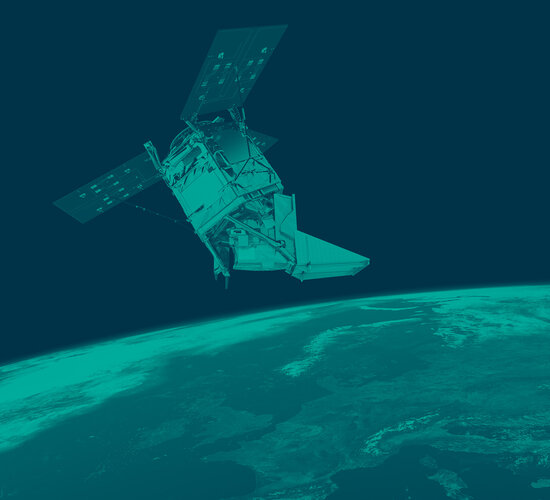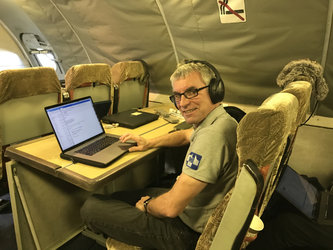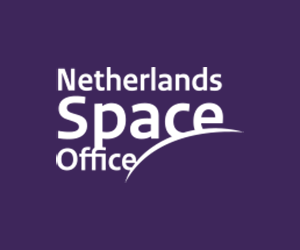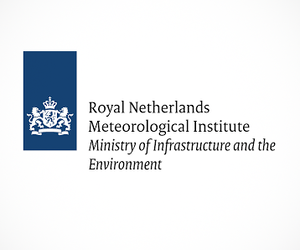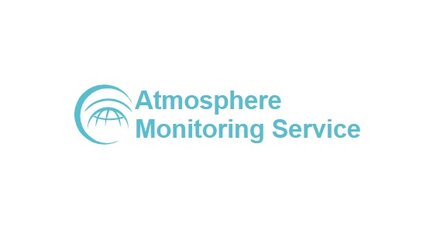Harry Förster: Netherlands Space Office Tropomi programme manager
Harry Förster is the coordinator of national projects at the Netherlands Space Office, a delegate for ESA’s Industrial Policy Committee and the NSO Tropomi programme manager. In an interview, Harry talks about how the Netherlands Space Office and ESA have worked together to realise Tropomi for the Copernicus Sentinel-5P mission.

Harry Förster, a Dutch national, graduated from Delft University in 1983 as an aerospace engineer. Over the following five years he worked at Fokker Aircraft in Amsterdam Schiphol-Oost as a performance engineer to develop in parallel the Fokker 50 and Fokker 100 aircraft. In 1988 he switched to the domain of space at what was the Netherlands Space Agency, NIVR, as a technical specialist and later programme manager for the national space programme and international collaborations.
He also joined the Netherlands’ delegation to ESA and served two terms in the Ariane and Launchers Programme Board. The Netherlands Space Office was established in 2009, at about the start of the Sentinel-5P collaboration with ESA. As a programme manager for Tropomi, he participated with two other colleagues in the ESA and NSO’s Joint Project Team, which was established to optimise the development of the mission. After Tropomi had been delivered to Airbus Defence and Space in Stevenage in 2015, he joined ESA’s Industrial Policy Committee and has moved on to the development of payloads in ESA’s Prodex programme.
ESA: Why did the Netherlands choose to contribute to Sentinel-5P?
Harry Förster
Earth observation, and more specifically atmospheric chemistry, is at the heart of our Netherlands Space Policy. We have a long track record, going back to the 1980s, in investing to build capabilities in the user community and industry to deliver the best possible information to decision makers. As such, we were looking for collaboration on international level to bridge the gap between the end of Sciamachy, which was carried on Envisat, and until Sentinel-5 will be realised. During consultations by the Netherlands in 2008, it appeared that the UK and Germany, for instance, preferred to invest in a precursor to Sentinel-5 through the ESA GMES Space Component Programme. Hence we turned to ESA, Volker Liebig, to devise a scheme of cooperation whereby the Netherlands’ expertise, acquired through the Global Ozone Monitoring Experiment, Sciamachy and the Ozone Monitoring Instrument could be put to work optimally.
ESA: How important is the mission to the Netherlands?
Harry Förster
As you may know, a significant part of the Netherlands is below sea level and also it is one of the densest populated countries in the world. Our government has stated, “We will do everything to keep our feet dry”. In this context, information on the impact of climate change such as sea-level rise is very important to policy makers. On the other hand, we can see that air quality is also an issue in the Netherlands. There is a clear difference distinguishable between NO2 emissions in weekends and working days – the main contributor to this is dense traffic in the western part of the Netherlands. In addition, data from the Sentinel-5P mission will allow agreements on climate, to which the Netherlands is a signatory, to be monitored.
ESA: What have been the biggest challenges and rewards collaborating with ESA to realise Tropomi?
Harry Förster
First and foremost, the detectors at the heart of the instrument posed a challenge. Initially they were thought to be off the shelf, however, due to the challenging requirements put forward by the users, this led to a development programme that lasted longer than anticipated. In collaborating in the Joint Project Team we were able to draw on the expertise of ESA’s Directorate of Technology, Engineering and Quality to solve the several issues we encountered. Personally, I must say the establishment of the Joint Project Team, with good communication and team building has been very rewarding. It provided me with a good view on the way ESA deals with technology development and industrial procurement; information which is valuable in my role now in the Industrial Policy Committee.
ESA: What makes Tropomi unique?
Harry Förster
Due to the application of the immersed gratings developed by the Netherlands Institute for Space Research, SRON, and the Netherlands Organisation for Applied Scientific Research, TNO, we were able to design an instrument 40 times smaller than we could have done without this technology – so Tropomi would fit on small platforms such as the AS-250. Also the ‘free-form’ optics achieves a very high resolution, which is unprecedented. In combination with the improved sensitivity of the detectors we will now have a spectrometer that is about 10 times better than its predecessor, the Ozone Monitoring Instrument, which was developed in the early 2000s.
ESA: Does your responsibility end once Sentinel-5P is in orbit?
Harry Förster
As it stands, I will remain involved in the operational phase of the mission, NSO has concluded a contract with KNMI and SRON in order to perform the tasks of scheduling the Tropomi measurements as well as the elaboration of the data in order to arrive at information suitable for modellers and decision-makers on policy concerning air quality measures and climate change.
Editor’s note:
This is one in a series of interviews with some of the key people that are involved in the Copernicus Sentinel-5P mission. Please check back as further interviews will be added in over the coming weeks.


